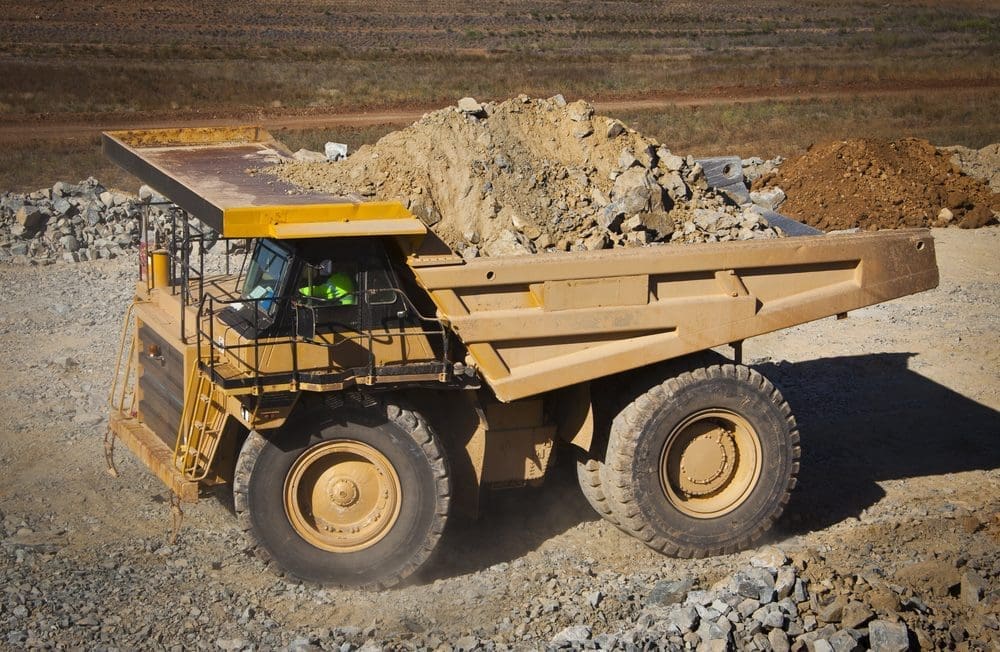Deploying innovative technologies and equipment to improve productivity is characteristic of today’s global extractive industry.
According to the International Council on Mining & Metals (ICMM), fiscal, economic and – in some cases – environmental factors have prompted miners to utilise methods that enable them to process lower-grade ores at a more efficient rate.
As quarries, mines and other extractive operations grow more technological, stakeholders open themselves up to greater field services necessities. The National Institute of Technology Rourkela’s Department of Mining Engineering deduced that equipment preservation accounts for 20-35 per cent of the extractive industry’s total expenses.
Mining analysts may wonder whether taking reactive or proactive maintenance measures will temper upkeep costs in the long run, an endeavour that requires precise assessments and calculations.
Reactive or proactive maintenance?
The short answer, as noted by property engineering consultancy Covaris, is that a balance between proactive and reactive upkeep is ideal. This affirmation boils down to two reasons:
- Unprecedented failures are bound to occur, regardless of the preventative measures mining companies implement.
- If an equipment breakdown occurs, an operation can not afford to wait until the next scheduled assessment to fix it.
As the name suggests, reactive maintenance is defined by spontaneous, corrective work. Upkeep is only initiated when assets fail. In addition, when an equipment-monitoring programme registers an instance that requires urgent attention, the resulting work is considered reactive.
Proactive upkeep, on the other hand, is fastidiously structured, characterised by scheduling and operational conditions. Inspections fall under the proactive model, but even routine actions such as greasing hydraulic machines are included in this approach.
Although a balance between proactive and reactive work is preferred, the recommended formula tends to lean in the former’s direction. Covaris asserted that maintenance should be 85 per cent planned and 15 per cent unplanned. The firm asserted that approximately $4.4 million in maintenance expenses can be eliminated as a result of achieving this balance, according to the case study.
Ideally, the quality and strategic placement of proactive upkeep should decrease the frequency at which reactive tasks occur. However, this isn’t always the case. In order to achieve this goal, Covaris advised mining companies to conduct the following measures:
- Analyse the nature and consistency of equipment failures to better predict breakdowns.
- Gather an understanding of the engineering principles and practices behind certain machinery.
- Assess how labourers and specialists implement fixes when they’re necessary, identifying areas where these professionals could use new, previously inaccessible resources.
An overview of equipment costs
Before detailing reactive and proactive field servicing, let’s review the expenses inherent in preserving extractive equipment. Berenberg Equity Research conducted a study on machinery costs. In response to several feasibility analyses, Berenberg based equipment wear-and-tear expenses with respect to the following criteria:
- On average, mines are active between 350 and 360 days annually.
- Daily shifts usually come in pairs, with each time slot lasting 12 hours.
- Equipment has an assumed mine life of 30 years.
- Each machine or asset receives 5,700 hours of use per year.
With these factors in mind, Berenberg determined the amount of money the typical mine would have to spend sustaining a piece of equipment. To provide some context, Berenberg deduced that the average underground loader would require US$14.3 million in maintenance to remain operational throughout its lifetime. Crawler draglines generally need US$12.5 million and hydraulic backhoes incur an astounding US$124.7 million in maintenance.
The cost of servicing industrial measuring instruments wasn’t clarified, but such devices often come with service agreements whenever they’re purchased. Procuring maintenance provisions on top of products is an incredibly valuable investment, and one that’s likely to grow popular among extractive organisations in the future.



Recent Comments